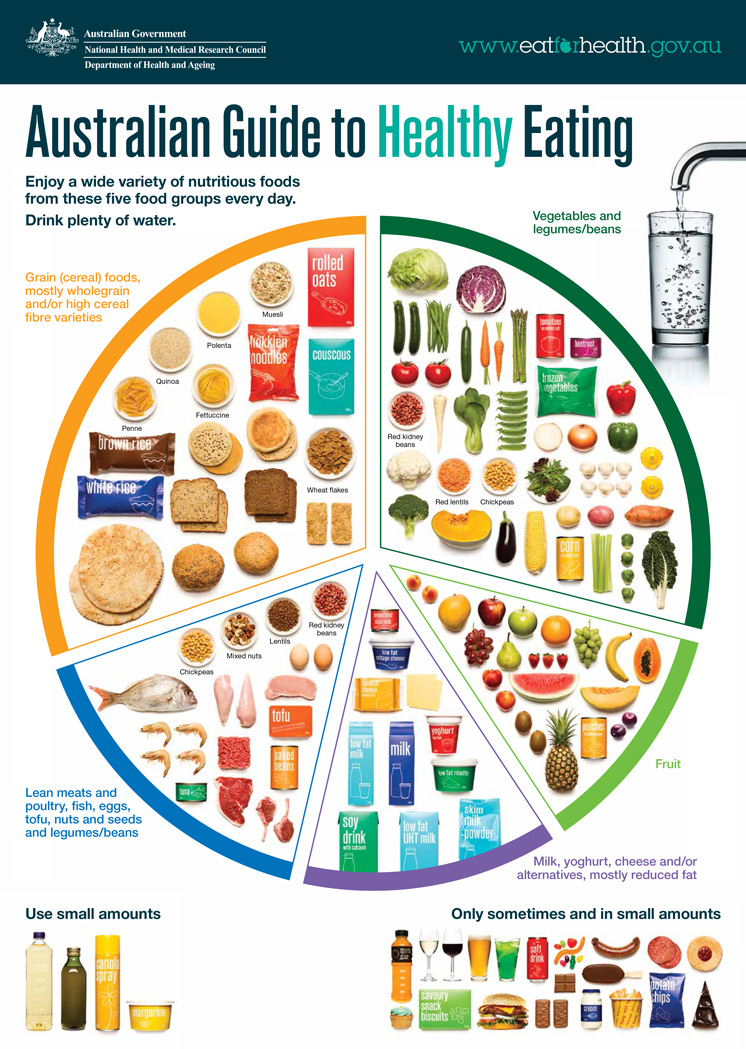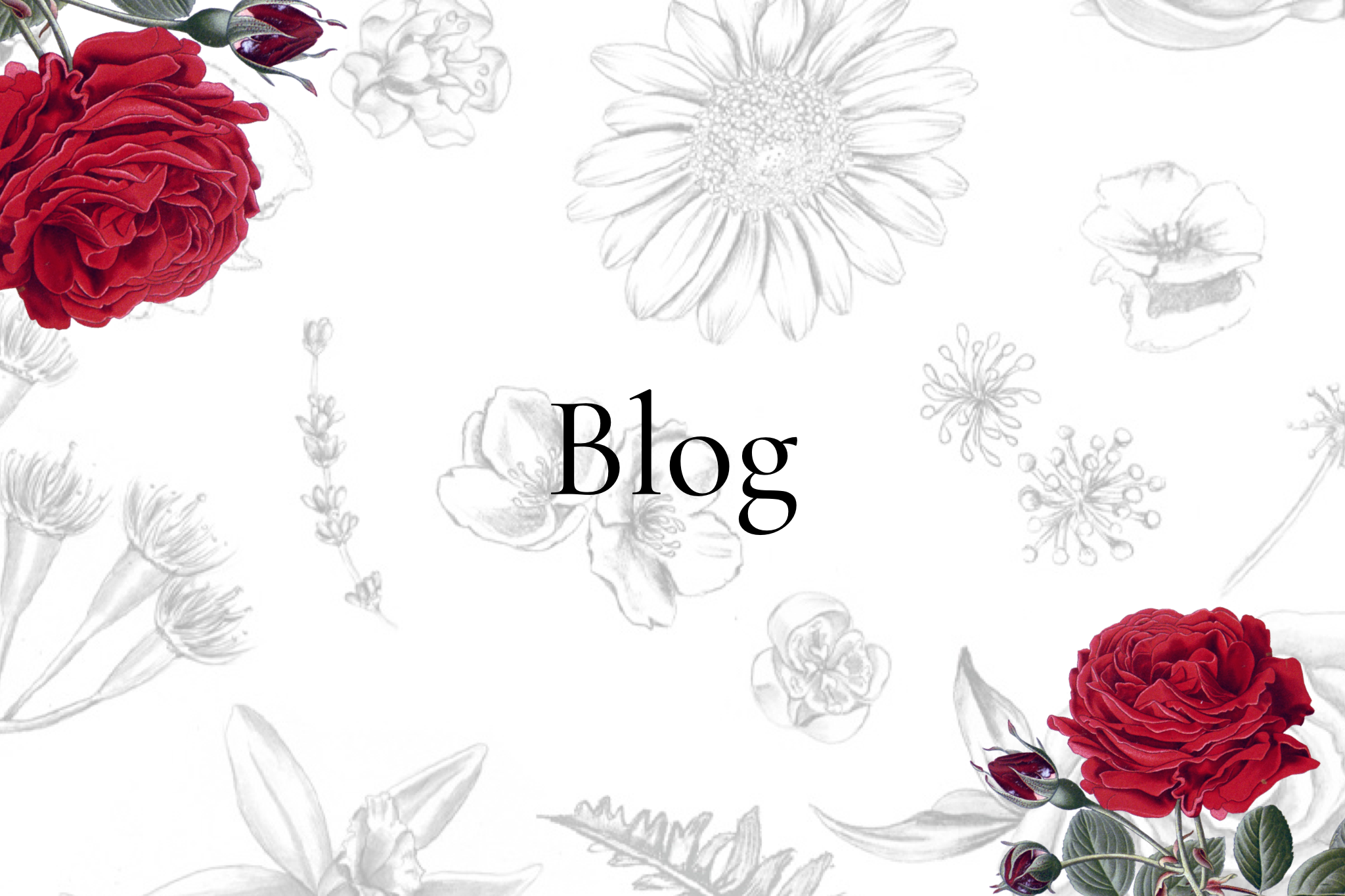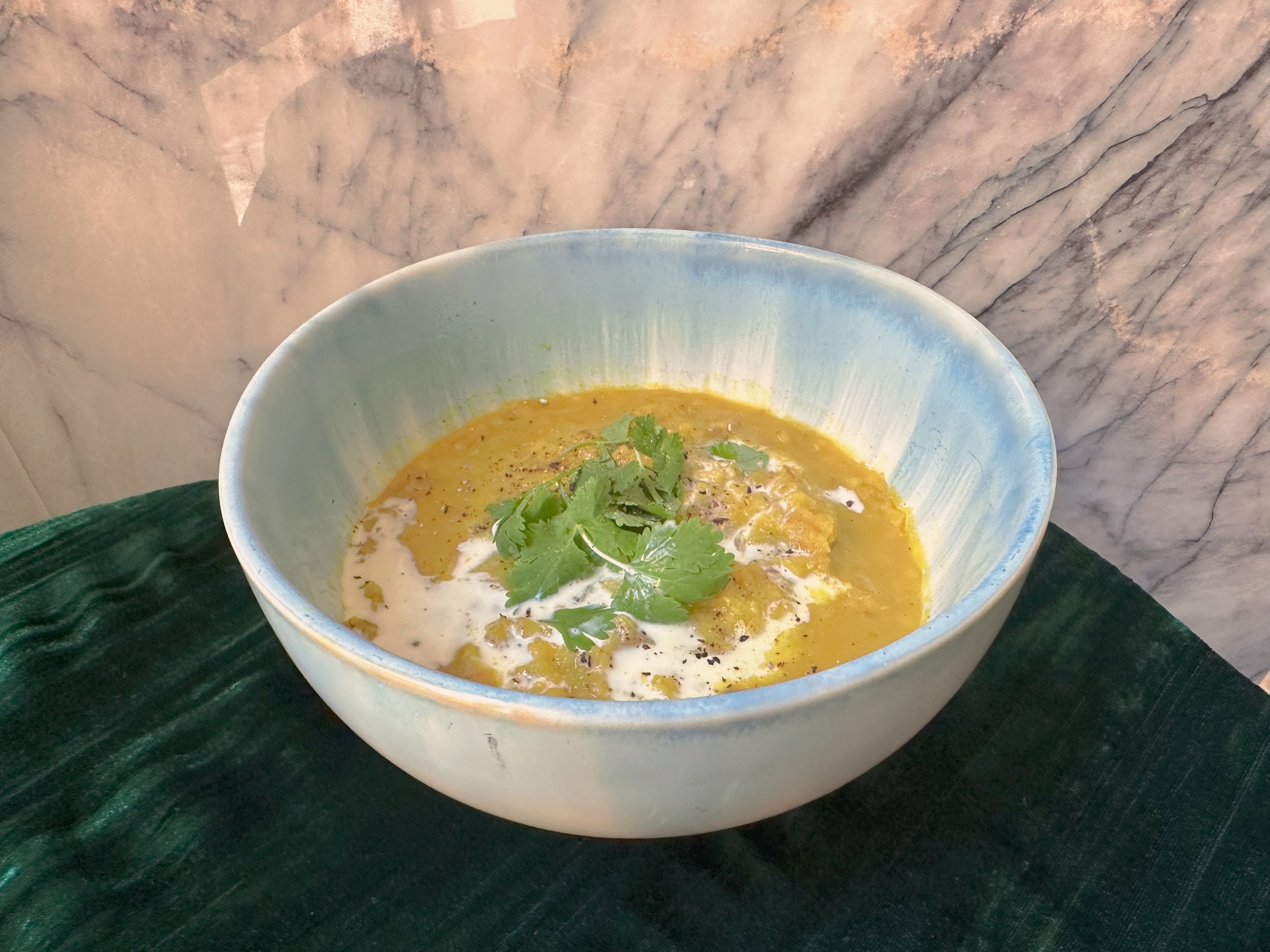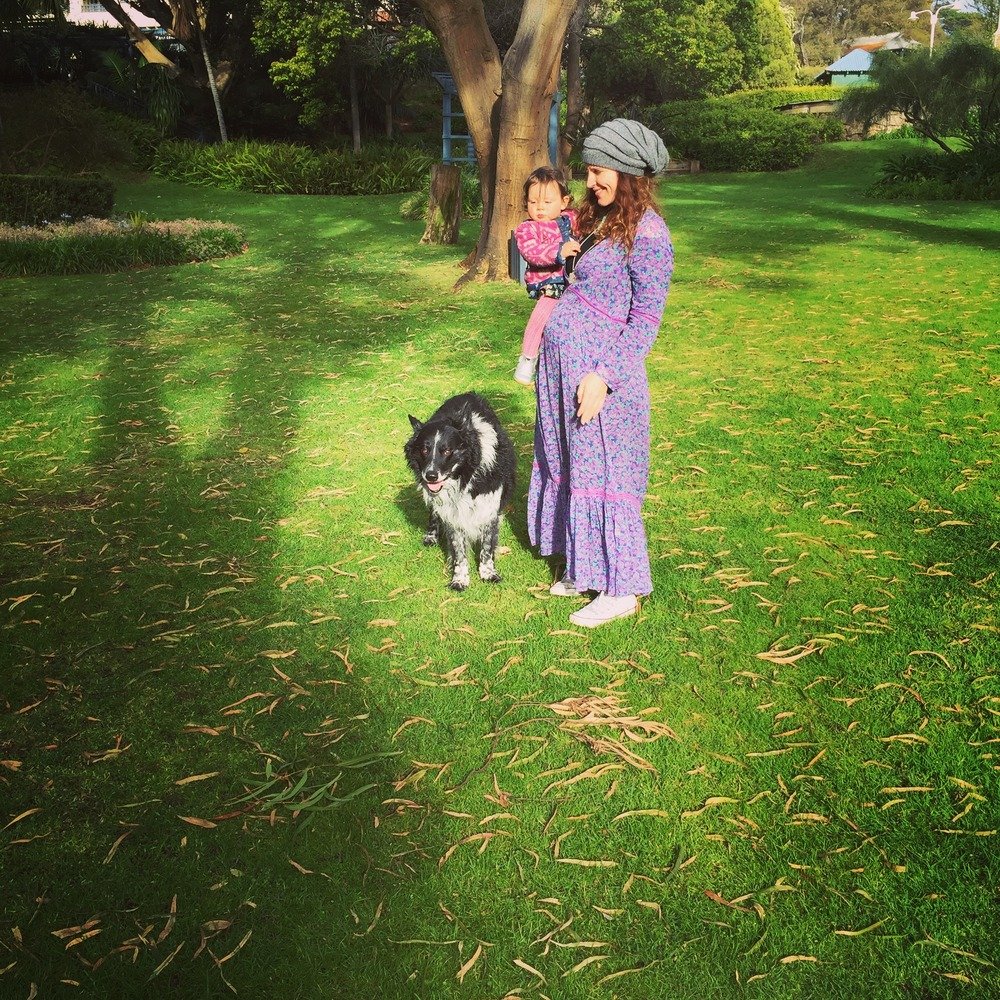8 things to be wary of in the New Australian Healthy Eating Guidelines
/Australians, did you know we have a new guide to healthy eating? It’s definitely an improvement on the old 90’s food pyramid that had me as a child trying to stuff in six serves of white toast and breakfast cereal with juice a day…I shudder at the thought, luckily I escaped obesity and diabetes, my heart goes out to others who weren’t so lucky.As you can see, the new guidelines are a pie chart, that kind of looks like a plate. The Department of Health and Aging suggest we eat these relative proportions of food groups daily. The dept’ is well intending though some of this research is a little out dated. Here’s my nutritional critique of our eating guideline pie:
1. You are not the same as your friends, your kids, or your parents. People of different ages, sizes and backgrounds have bio-individual needs. So releasing the one document as a way to eat is to be used as a loose guideline only.
2. The dairy component of this pie chart is the least essential part. Yes cheese is delicious, on occasion. And in fact I’ll be putting some high protein cottage cheese in tonight’s Nutloaf for celebration of Yule. However, all the goodness in dairy is available in the other food groups on the chart, especially within the proteins and healthy oils. Yes dairy is high in calcium, and that is the reasoning behind it’s high inclusion in these guidelines. However in scientific studies high dairy consumption has had no preventative effect on osteoporosis and fracture in the elderly. And people from countries where they traditionally consume no dairy (china, japan) have healthy strong bones and less rate of fracture. The science just doesn’t add up.
Dairy is a major allergen for many people in the population, and is often relatable to skin conditions. If you can tolerate dairy go ahead, but it’s not a necessary part of your daily diet.
3. The overall message of this pie chart is that fat is bad. On the contrary, fat is absolutely essential. Healthy oils such as olive oil and canola oil are completely left out of the pie and are in the same category as margarine. This is RIDICULOUS. The trans fats in margarine and other hydrogenated vegetable fats (that is fats that are usually liquid at room temperature made solid through processing) have been shown over and over to contribute to blocked arteries and heart disease, while diets high in olive oil and omega 3 fatty acids protect the brain and heart. The canola-margarine industry is big in Australia, and perhaps this is why margarine is listed in the same category as olive oil, but really, you are better off with butter on your bread. Whole saturated fat butter is better then trans fat margarine any day. Also it’s interesting to note the Australian guidelines warn against modern nutritional wonder food, coconut butter for it’s saturated fat. Recent research indicates that saturated fat is not the enemy we thought it once was, and heart disease and blocked arteries are more attributable it is the high intakes of refined carbohydrate, sugars and trans fat as well as excessive arachidonic acid in red meat that creates heart disease. This is a whole other story.
4. Proteins. Proteins are so important. The relative amount of protein looks good here in this chart. I’d like to point out however that those proteins are not all created equal. The legumes are filled with fibre but don’t really have a comparable amount of protein to any of the animal based products. So if you’re vegan and eating legumes for protein, mix with some wholegrain for a complete amino acid profile, it doesn’t need to be in the same meal.
Also worth mentioning is the ‘mixed nuts’ as a source of protein. Yes nuts are protein filled. However, salted roasted nuts from the supermarket are not a good choice. They are probably roasted in some kind of vegetable oil, which will have been damaged in the roasting process, further the delicate healthy oils within the nuts will also be damaged by any heat. So when choosing your nuts, make sure they are raw, and preferably organic. If you love a roasted nut, dry roast at home for a few minutes, the longer they are exposed to heat the more damaged and inflammatory they will become.
5. My my, there’s an awful lot of grains in this pie. I can’t actually imagine eating that many grains in a day, but that’s just me. The most important thing to remember with grains, is that it it’s refined, it’s inflammatory. Your insulin will spike, and then it will dip, and you will feel tired brain fuzz. The very young and very healthy can handle refined grains. If you continue to eat them, especially a lot, it will catch up with you. White Rice (except Basmati) and white bread are definitely ones to stay away from. As well as anything that contains flour mostly. Fibre from wholegrain and beans is linked with a reduction in cholesterol and lower rates of heart disease. Whole grains are healthy, I’m not convinced we need to eat that much in one day, and I definitely wouldn’t recommend that many grains to a diabetic.
6. Vegetables, my favorite, I love vegetables. I think we should steal the space used for dairy and fill it with vegetables, and also steal some space from the grains also, filling with more vegetables. When half this pie chart is filled with vegetables, I will be satisfied in my perfect diet world.
7. Fruit is delicious and packed with vitamins. It is high in fructose however so eating masses of it may upset your tummy, and for some with fructose intolerance, even a little can upset the tummy. It’s also high is natural sugars. People who are insulin sensitive, tend to have blood sugar imbalances or are trying to lose weight are best limiting fruit to no more then 2 pieces per day.
8. Water! The water is outside the pie chart. However there is only one glass. I’d like to see some guideline as to how much water we should be drinking.. Drinking more water is probably the number one thing we all could do for better body function. If you are an average sized adult aim for 2.5 litres a day. You can include herbal teas and soups in this equation. Water drinking is habit, like anything else. Choose a water bottle and get in the habit of carrying it around.


























